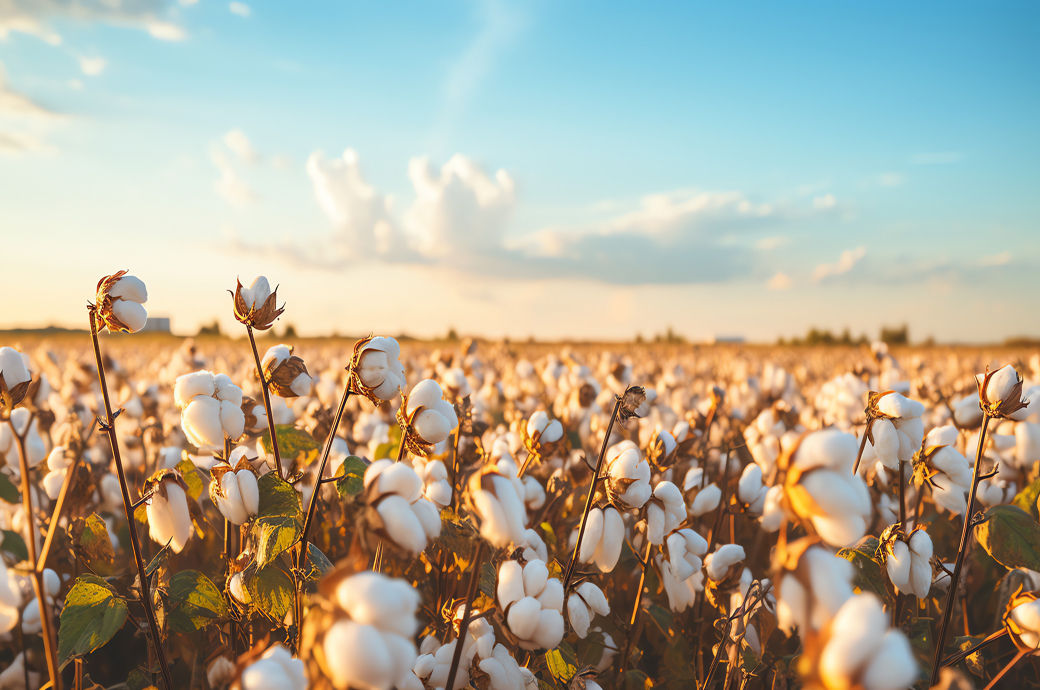
Over the period between July 31 and August 15, the CEPEA/ESALQ cotton index, with payment terms set at eight days, saw a decline of 1.37 per cent, closing at BRL 4.0197 per pound on 15 August. According to CEPEA calculations, export parity prices (Free Alongside Ship - FAS) experienced a 4.9 per cent decrease from August 5-12, reaching BRL 3.7602 per pound ($0.6833 per pound) at the port of Santos and BRL 3.7708 per pound ($0.6852 per pound) at the port of Paranaguá on August 12.
Additionally, the Cotlook A Index, reflecting product delivered to the Far East, decreased by 0.82 per cent during the same period, standing at $0.7870 per pound on August 12. The Brazilian Real also depreciated by 4.05 per cent against the US dollar in this timeframe, closing at BRL 5.503.
In terms of production, Conab (Companhia Nacional de Abastecimento or The National Supply Company) has projected that the cotton planting area in Brazil for the 2023-24 season will cover 1.944 million hectares, marking a 16.9 per cent increase from the previous season. However, productivity is expected to decline by 1.7 per cent, with yields forecasted at 1,874 kilograms per hectare. Despite this, overall production is anticipated to grow by 14.8 per cent compared to the 2022-23 season, reaching 3.644 million tonnes. Conab also reported that as of August 11, 55.3 per cent of the cotton crop in Brazil had been harvested.
On the global stage, the USDA released its estimates on August 12, projecting that global cotton production for the 2024-25 season will total 25.612 million tonnes, reflecting a 2.1 per cent decrease from the July forecast, yet still representing a 3.6 per cent increase compared to the 2023-24 season. Global consumption is expected to decline by 0.8 per cent from the previous report but is forecasted to rise by 3.4 per cent year-on-year to 25.302 million tonnes, which is 1.21 per cent below the anticipated supply.
These developments highlight the ongoing challenges and adjustments within the cotton market as producers and traders navigate fluctuating prices and evolving global dynamics, CEPEA said.
Fibre2Fashion News Desk (RKS)